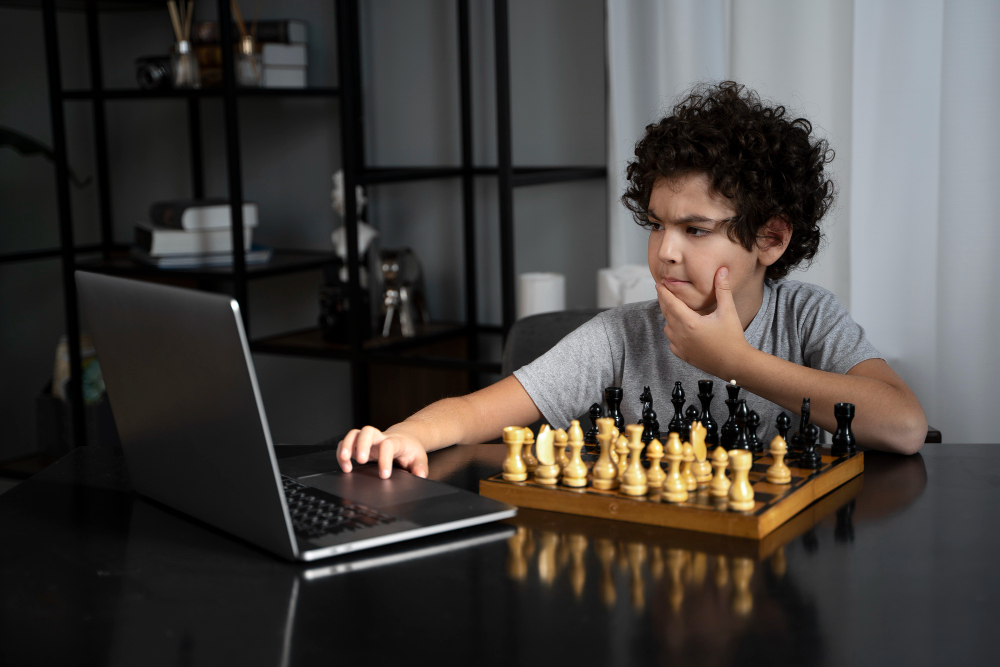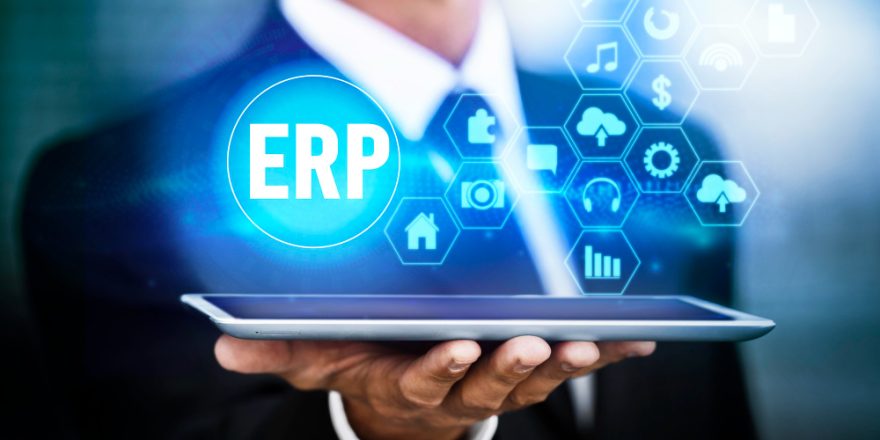In today’s hyper-competitive marketing landscape, capturing and retaining consumer attention is a constant challenge. People are bombarded with messages daily, making it difficult for brands to stand out. This is where gamification in marketing comes in.
Gamification leverages game mechanics and design principles to make non-game experiences more engaging and interactive. By incorporating elements of fun, challenge, and reward, brands can transform mundane marketing activities into memorable experiences that drive user engagement and ultimately, business growth.
Why Gamification Works in Marketing
Gamification taps into our inherent human desire to play, compete, and achieve. Here’s how it benefits brands and consumers alike:
- Increased Engagement: Game mechanics like points, badges, and leaderboards motivate users to interact with your brand for longer periods.
- Enhanced Brand Recall: Fun and interactive experiences create a positive association with your brand, making it more memorable.
- Boosted User Motivation: Gamification encourages desired user behavior, such as completing surveys, referring friends, or making purchases.
- Improved Customer Loyalty: Rewards and recognition for participation foster a sense of accomplishment and loyalty towards your brand.
- Valuable Customer Data: User behavior within the gamified experience provides valuable insights into customer preferences and engagement patterns.
Types of Gamification Mechanics in Marketing
Marketers have a diverse toolbox of gamification mechanics at their disposal. Here are some popular examples:
- Points and Badges: Awarding points for completing tasks or achieving milestones incentivizes participation and provides a sense of progress. Badges act as virtual trophies, showcasing accomplishments and motivating users to collect them all.
- Leaderboards: A healthy dose of competition can be highly motivating. Leaderboards create a sense of rivalry and encourage users to strive for the top position.
- Levels and Progression: Gamified experiences can be structured with levels, allowing users to unlock new features, content, or rewards as they progress.
- Challenges and Quests: Presenting users with time-bound challenges or quest-like tasks adds an element of excitement and encourages them to actively engage with your brand.
- Virtual Rewards: Offer virtual rewards like exclusive discounts, early access to new products, or bonus content as incentives for participation.
Examples of Successful Gamified Marketing Campaigns
Several brands have implemented gamification strategies with remarkable success. Here are a few inspiring examples:
- Duolingo: The popular language learning app utilizes points, badges, and leaderboards to keep users motivated and engaged in their daily language learning practice.
- Starbucks Rewards: The Starbucks Rewards program gamifies the coffee-drinking experience. Customers earn stars for purchases, unlock rewards, and track their progress towards different tiers, creating a sense of loyalty and encouraging repeat business.
- Nike Run Club App: This app integrates gamification by tracking running activity, awarding badges for reaching milestones, and offering virtual challenges to keep users motivated and striving for their fitness goals.
Creating a Winning Gamified Marketing Campaign
Developing a successful gamified marketing campaign requires careful planning and execution. Here’s a roadmap to get you started:
- Define Your Objectives: Clearly identify what you want to achieve with your gamified campaign. Do you aim to increase brand awareness, drive user engagement, or boost sales?
- Know Your Audience: Understanding your target audience’s demographics, interests, and motivations is crucial for selecting the right gamification mechanics.
- Choose the Right Platform: Select a platform that aligns with your target audience and campaign goals. This could be your website, social media pages, or a dedicated mobile app.
- Design Engaging Mechanics: Integrate game mechanics seamlessly into your marketing campaign. Ensure they are clear, easy to understand, and provide a sense of challenge and reward.
- Balance Fun and Purpose: While the experience should be enjoyable, don’t lose sight of your marketing objectives. Ensure the gamification elements drive the desired user behavior.
- Promote and Track Results: Generate buzz around your gamified campaign through social media marketing and other promotional channels. Track key metrics like user engagement, completion rates, and conversions to measure success and identify areas for improvement.
The Future of Gamification in Marketing
Gamification is a rapidly evolving field within marketing. Here are some exciting trends to watch:
- Personalization: Gamified experiences will become more personalized, tailoring challenges and rewards to individual user preferences and behavior.
- Augmented Reality (AR) and Virtual Reality (VR): Integrating AR and VR technology into gamified marketing campaigns can create immersive experiences that further enhance user engagement.
- Gamification of the Customer Journey: Gamification will extend beyond standalone campaigns, becoming integrated throughout the entire customer journey. Imagine earning points for signing up for a newsletter, completing a purchase, or leaving a review, ultimately leading to loyalty program benefits or exclusive rewards.
FAQs
This section addresses frequently asked questions (FAQs) regarding gamification in marketing:
Q: What is gamification in marketing?
A: Gamification involves incorporating game mechanics and design principles into non-game experiences to make them more engaging and interactive. This can involve elements like points, badges, leaderboards, challenges, and rewards.
Q: What are the benefits of using gamification in marketing?
A: Gamification offers numerous benefits, including:
- Increased user engagement: Gamified experiences make marketing activities more fun and interactive, leading to longer user attention spans.
- Enhanced brand recall: Positive and memorable interactions create a stronger brand association in the user’s mind.
- Boosted user motivation: Gamification incentivizes desired user behavior, such as completing surveys, referring friends, or making purchases.
- Improved customer loyalty: Rewards and recognition for participation foster a sense of accomplishment and loyalty towards your brand.
- Valuable customer data: User behavior within the gamified experience provides insights into customer preferences and engagement patterns.
Q: What are some examples of gamification mechanics used in marketing?
A: Here are some popular mechanics:
- Points and Badges: Awarding points for completing tasks and badges for achieving milestones motivates participation and provides a sense of progress.
- Leaderboards: A healthy dose of competition encourages users to strive for the top position on a leaderboard.
- Levels and Progression: Structured experiences with levels allow users to unlock new features or rewards as they progress.
- Challenges and Quests: Time-bound challenges or quest-like tasks add excitement and encourage active engagement.
- Virtual Rewards: Offer virtual rewards like discounts, early access to products, or bonus content to incentivize participation.
Q: How can I create a successful gamified marketing campaign?
A: Here are some key steps:
- Define your objectives: What do you want to achieve with your campaign (e.g., brand awareness, user engagement, sales)?
- Know your audience: Understand their demographics, interests, and motivations to choose relevant gamification mechanics.
- Choose the right platform: Select a platform that aligns with your audience and campaign goals (website, social media, mobile app).
- Design engaging mechanics: Integrate game mechanics seamlessly, ensuring they are clear, easy to understand, and provide a sense of challenge and reward.
- Balance fun and purpose: The experience should be enjoyable, but don’t lose sight of your marketing goals.
- Promote and track results: Generate buzz and monitor key metrics like engagement, completion rates, and conversions to measure success and iterate.
Q: What are some future trends in gamification marketing?
- Personalization: Gamified experiences tailored to individual user preferences and behavior for a more engaging experience.
- AR/VR Integration: Augmented reality (AR) and virtual reality (VR) technologies can create immersive gamified experiences.
- Gamification of the Customer Journey: Gamification will be integrated throughout the entire customer journey, from initial touchpoints to loyalty programs.
Conclusion
Gamification in marketing presents a powerful tool to engage audiences, foster brand loyalty, and achieve your marketing goals. By understanding the core principles, implementing engaging mechanics, and staying informed about emerging trends, you can transform your marketing efforts from mundane interactions to memorable experiences that drive user action and business growth.





